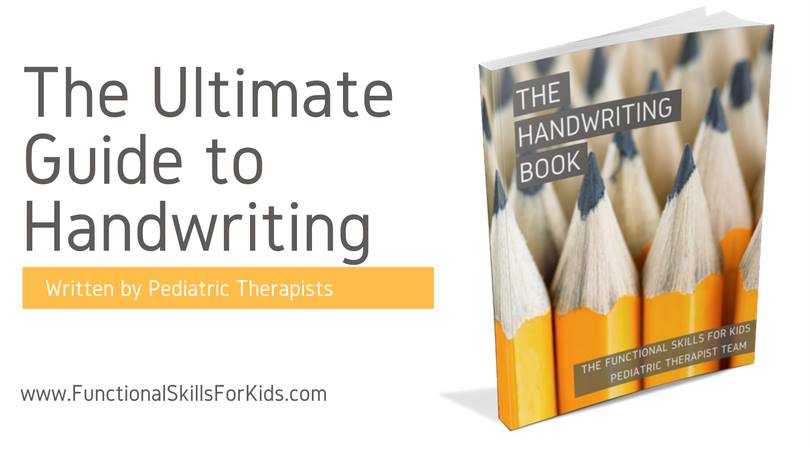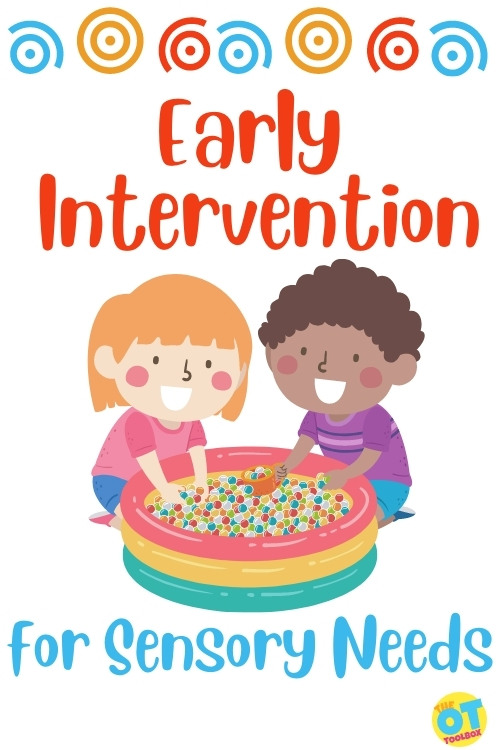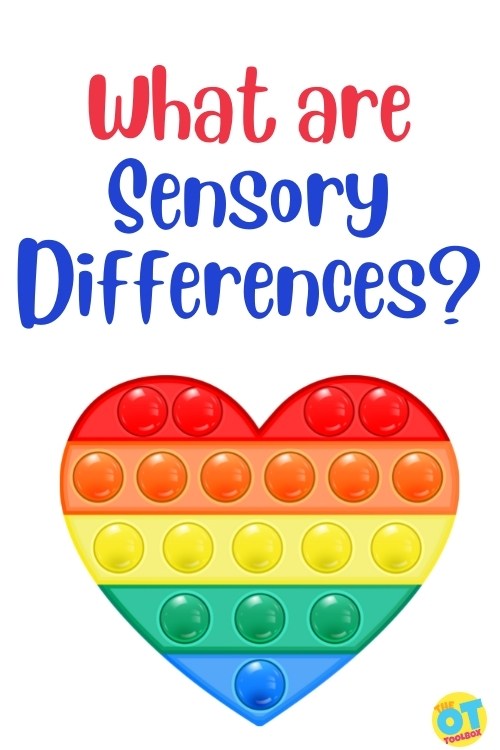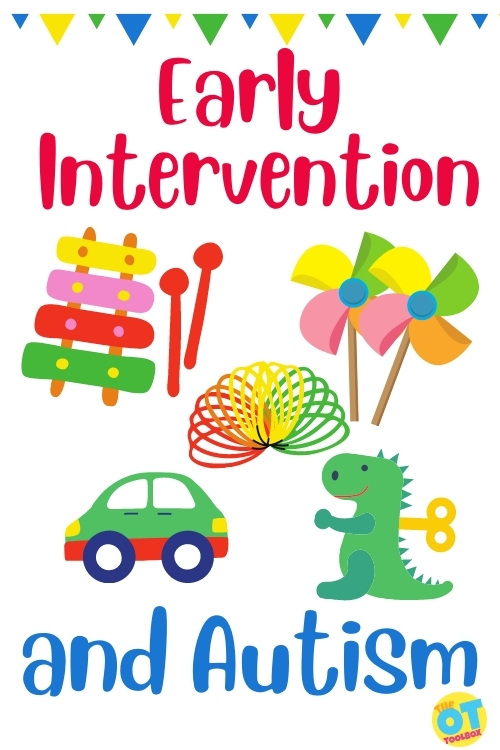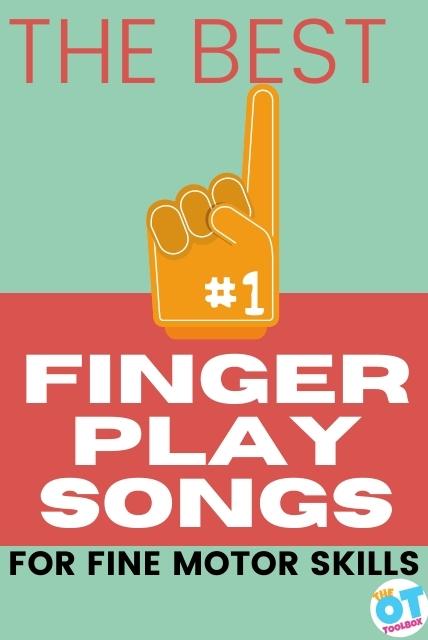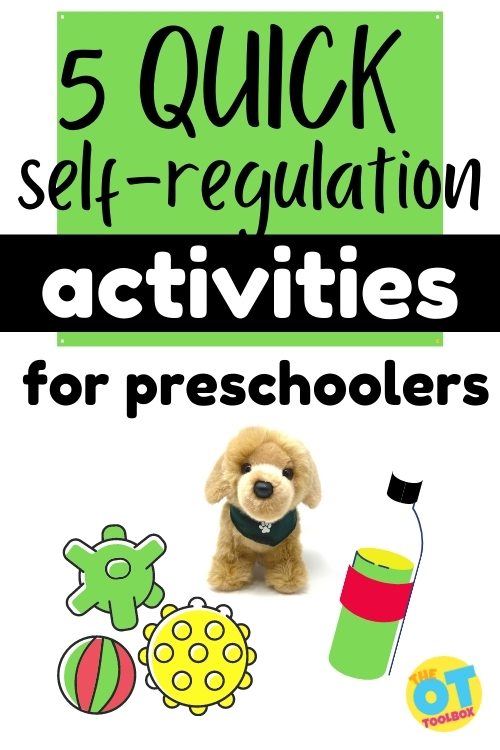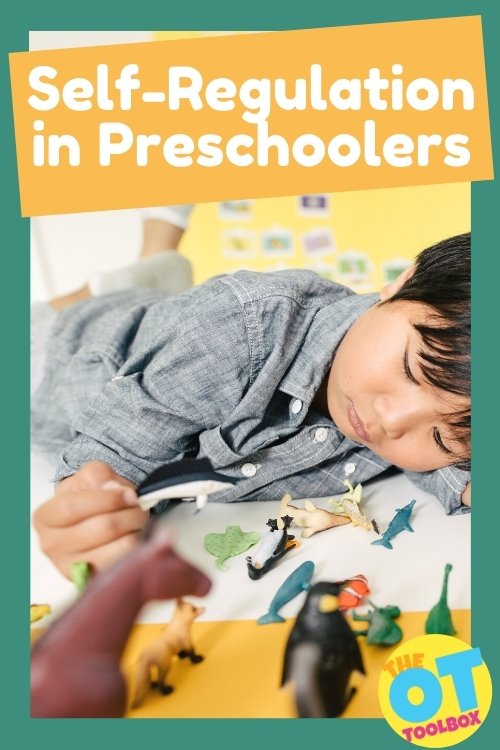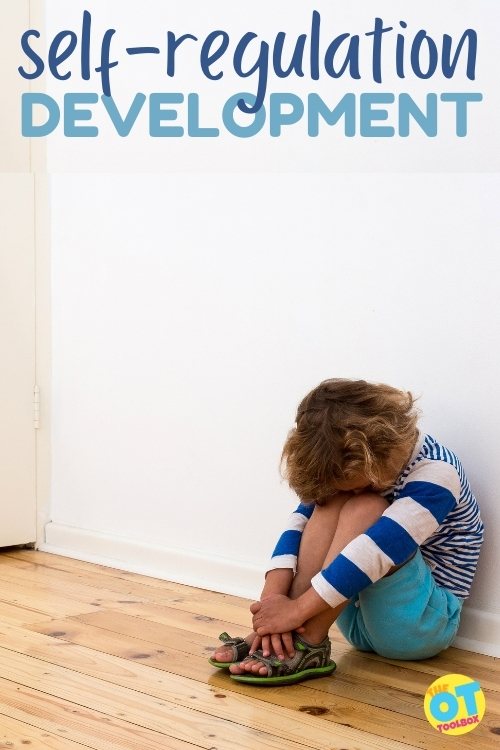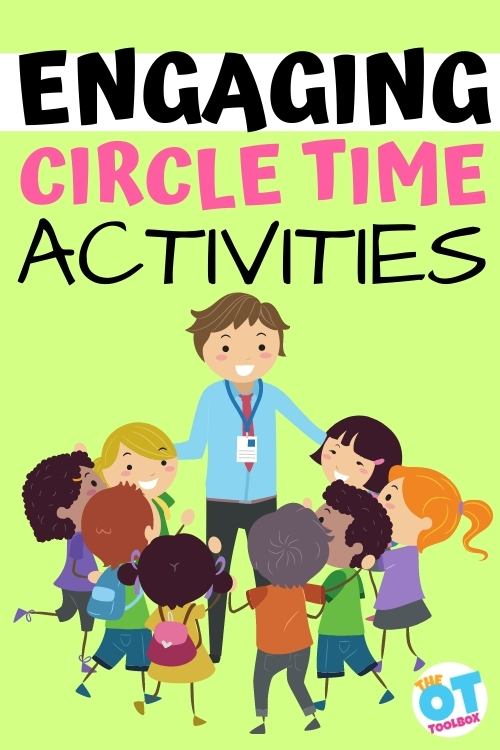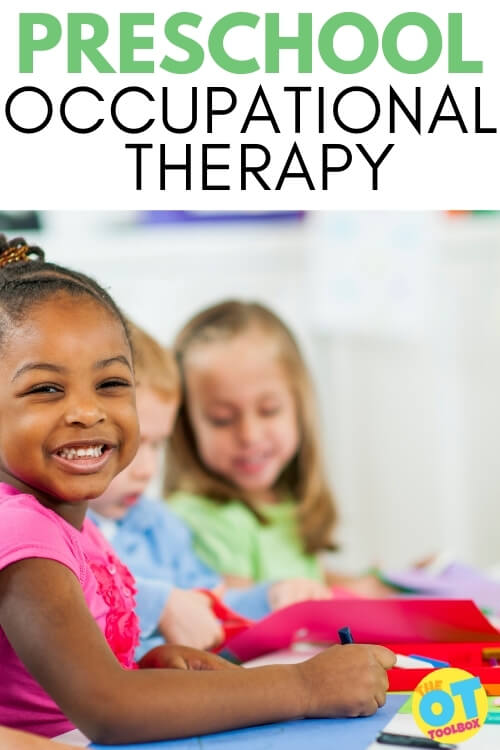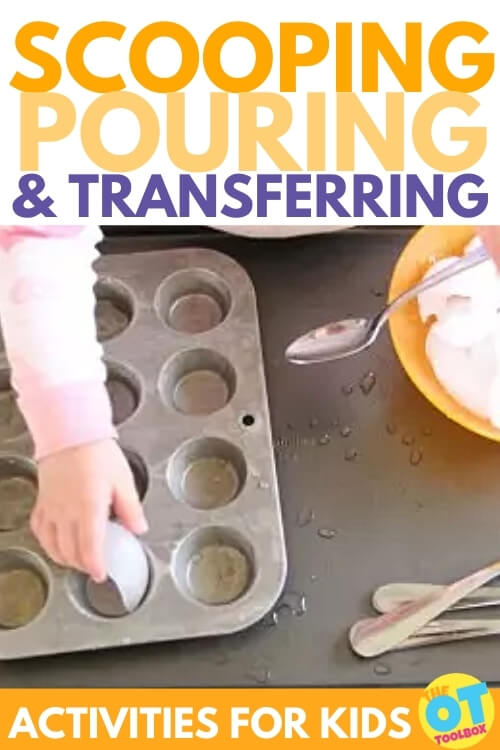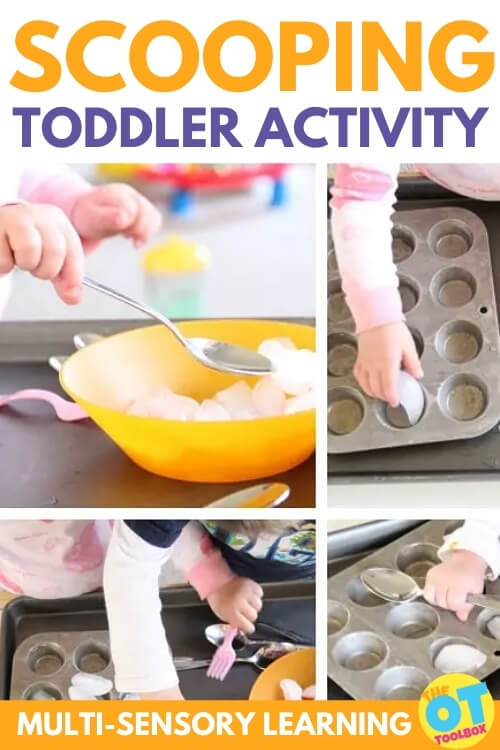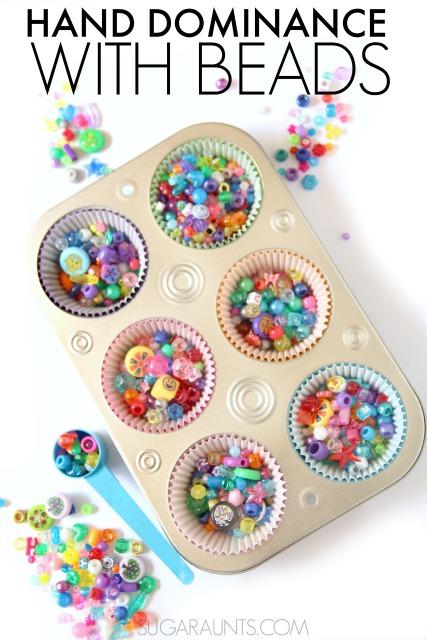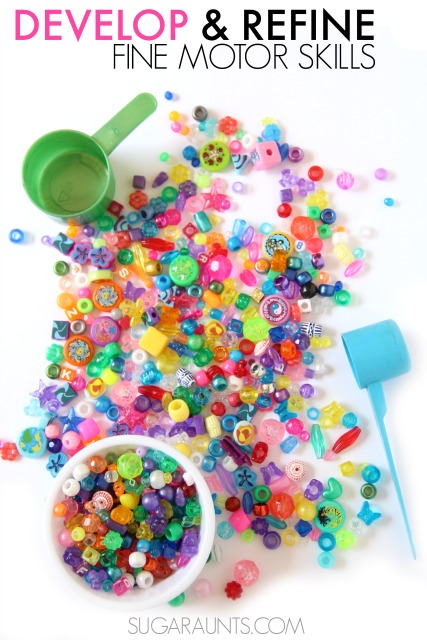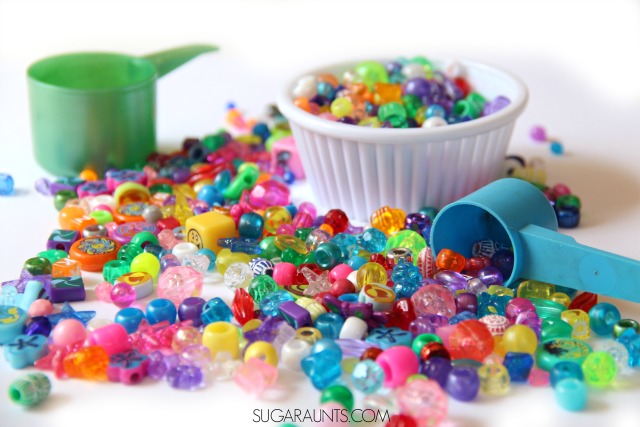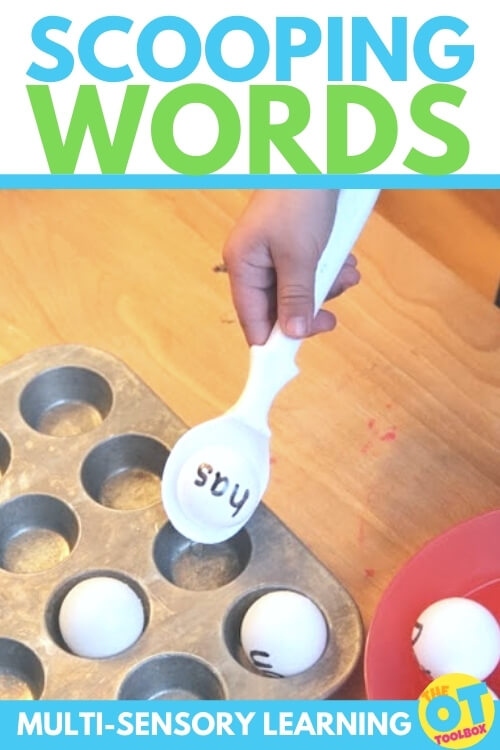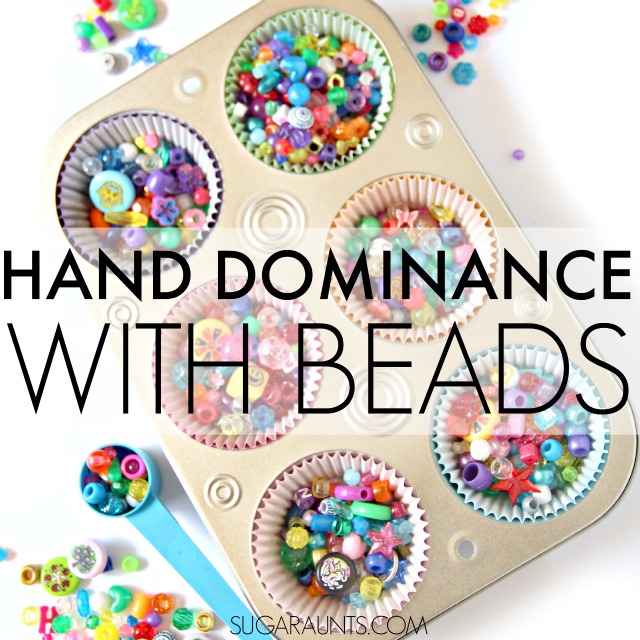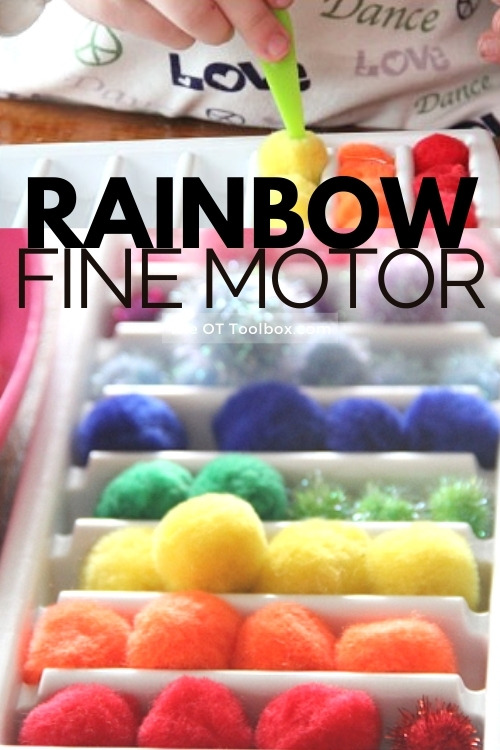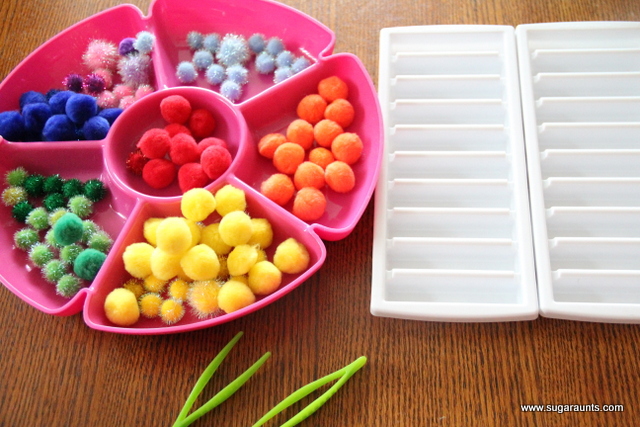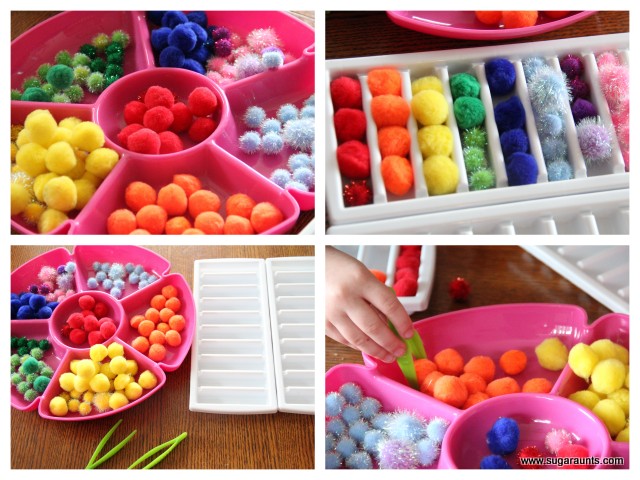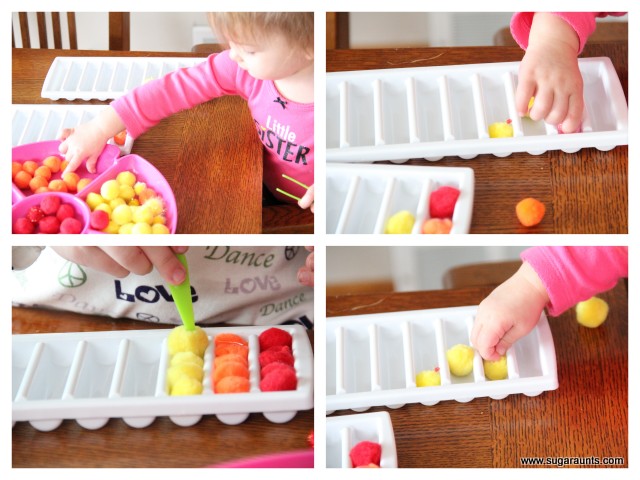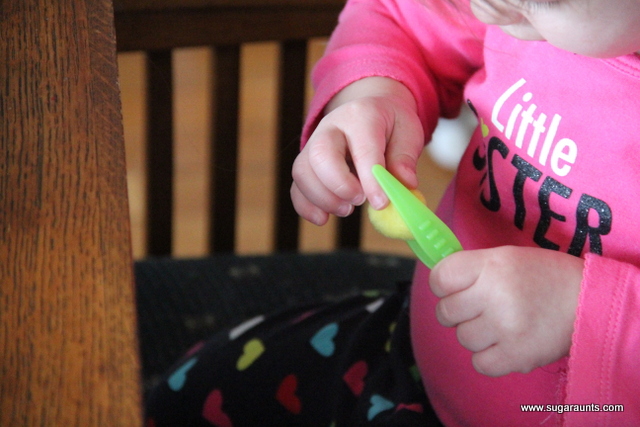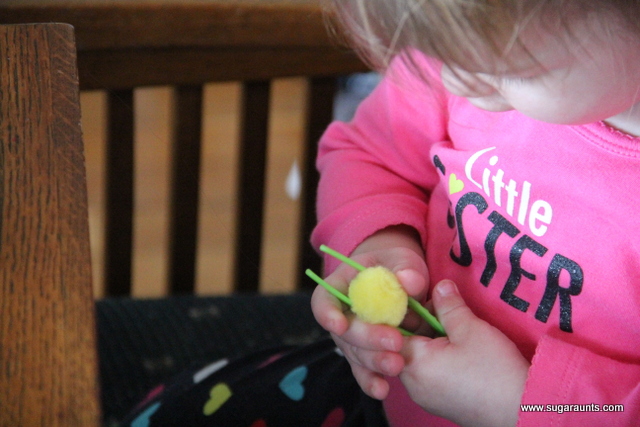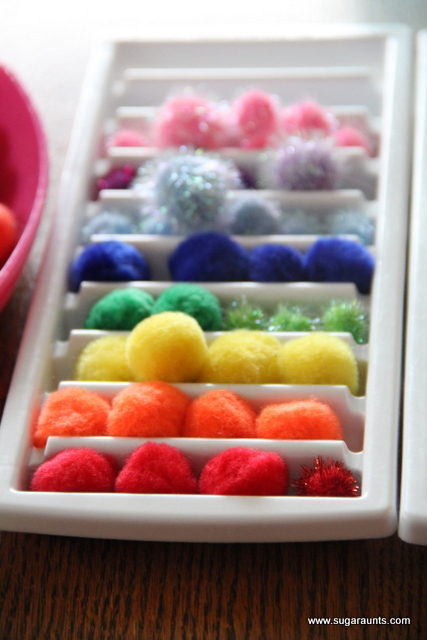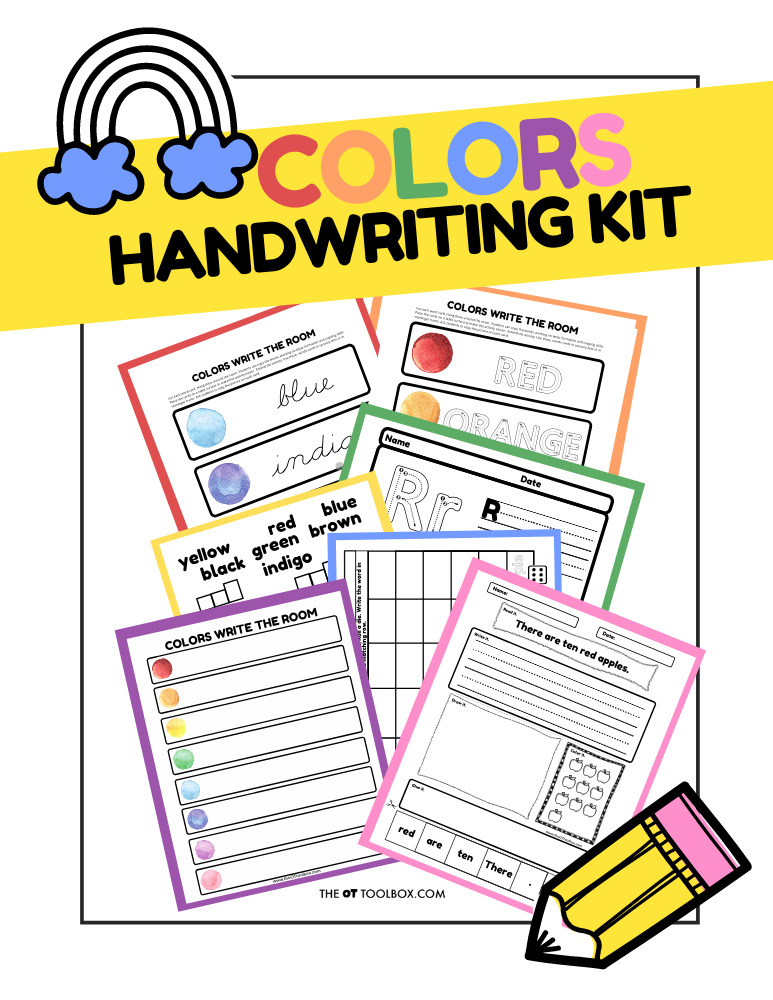This pre-writing skills resource is a resource for anyone working with preschoolers. The fact is that in the preschool years, developmentally, preschoolers should not be writing. Rather, pre-writing is the area of focus. A huge topic of discussion for pediatric occupational therapy professionals is the fact that preschool pre-writing skills are developed rather than introducing handwriting at this young age. Developmentally, there is a lot of progression in the preschool years and pre-writing skills are just one of the many areas. Our resource on fine motor activities for preschoolers covers more on these areas. Refer to more information on preschool activities for other developmentally appropriate activities.
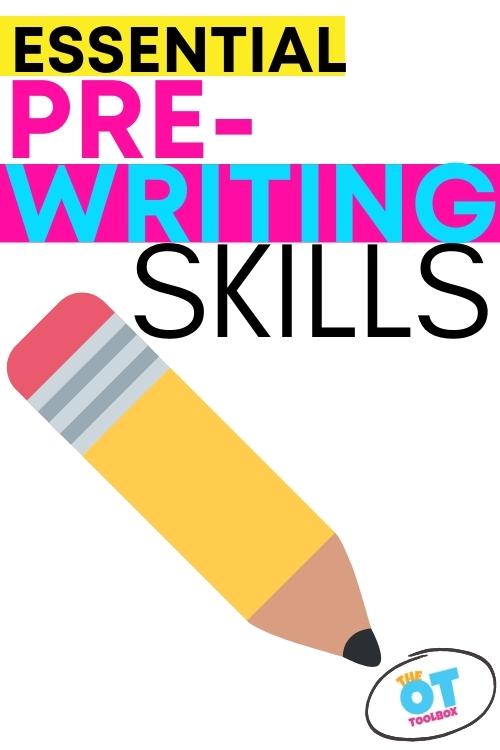
Pre writing Skills in Preschool
Many times, parents of very young children don’t think about handwriting skills. It’s not typical to think about holding a pencil, writing words and sentences, and copying letters when children are just mastering building with blocks, learning to pull on socks, and creating finger paint masterpieces.
But the truth is, when young preschoolers are playing, they are building the very important precursors to handwriting.
The skills needed for managing a pencil, copying letter forms, and managing pencil control when copying lists and paragraphs into a space on a page are initiated in the early childhood years. Below, you’ll find more about preschool pre-writing skills and the components of pre-writing skills that are developed through play.
Related, is this blog post on friendship activities for preschoolers.
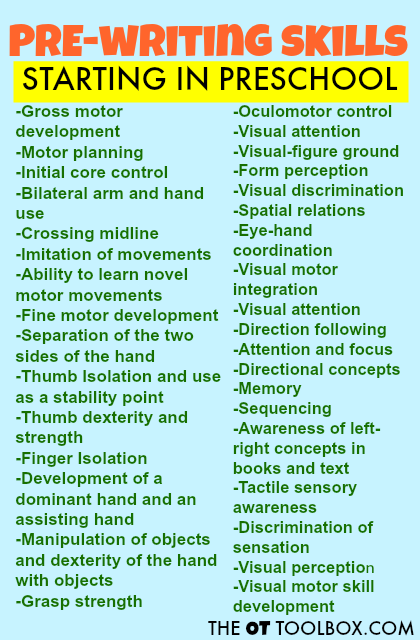
What are Pre-Writing Skills?
Preschool is prime time to develop the underlying skills needed for handwriting. So often, the older, school-aged kids that are struggling with handwriting are missing the underlying areas that make up the skills of handwriting.
First, it’s important to recognize that handwriting is made up of so many areas. Handwriting is much more than holding a pencil (pencil grasp) and forming letters and numbers!
There are many pre-writing skills that transfer to accuracy in written work. These areas need to be developed and refined before handwriting can be successful. These skills are pre-requisites to even holding a pencil to form shapes and then letters.
Consider the following skill areas that relate to handwriting:
- Sensory Motor Pre-writing skills
- Fine motor pre-writing skills
- Visual-motor pre-writing skills
Let’s go into each area separately.
Sensory-Motor Pre-Writing Skills- The sensory motor component is closely related. Consider the pyramid of learning and the developmental base that enables refinement in higher levels of development. The closely related areas of sensory and motor skills are pre-requisites for pre-writing before copying lines and shapes is even possible.
- Gross motor development
- Motor planning
- Initial core control and core body strength
- Bilateral arm and hand use
- Crossing midline
- Imitation of movements
- Ability to learn novel motor movements
- Tactile sensory awareness
- Discrimination of sensation
Fine Motor Pre-Writing Skills- From holding the pencil to moving and controlling the pencil when writing letter forms, handwriting requires a variety of motor movements that all must work together.
These fine motor pre writing areas of development include:
- Hand dominance
- Pinch precision (using a tip to tip grasp)
- Finger opposition
- Finger isolation
- Separation of the sides of the hand
- Hand strength (endurance in play)
- Fine motor development
- Separation of the two sides of the hand, including:
- Development and control of the skilled side of the hand
- Development and control of the strength side of the hand stable side of the hand
- Thumb Isolation and use as a stability point
- Thumb dexterity and strength
- Finger Isolation
- Development of a dominant hand and an assisting hand
- Manipulation of objects and dexterity of the hand with objects
- Grasp strength
Note that preschool can begin as early as 2 years old with some preschool classes. There is a big difference in development from the 2-5 year range in all areas, including fine motor development. A young 2 year old will developmentally have more primitive fine motor skills than a 5 year old child.
Young preschoolers will develop precision and refinement of fine motor skills through play.
Visual Processing Pre-Writing Skills- Additionally, there are the eyes. What is seen and recognized needs to be coordinated with the hand. Visual processing has a huge component in written work!
During the preschool years, visual processing skills are developed through play. These components include:
- Visual memory
- Visual closure skills
- Visual motor skill development
- Oculomotor control
- Visual attention
- Visual-figure ground
- Form perception
- Visual discrimination
- Spatial relations
- Eye-hand coordination
- Visual motor integration
Cognitive Pre-Writing Skills- In addition to the motor components are the cognitive skills. These include the ability to follow directions, pay attention, and focus. The cognitive areas are closely related to the motor skill prerequisites.
- Direction following
- Attention and focus
- Directional concepts
- Memory
- Sequencing
- Awareness of left-right concepts in books and written work
When Preschoolers are asked to write letters
When young children are asked to write, trace, or copy letters before these skills are developed, bad habits can form. In these cases, you’ll notice that older students tend to have difficulty with handwriting.
There are many things happening all at once that develop poor motor plans and bad habits. Because preschoolers are not developmentally ready to write with a pencil, you may see these issues:
- Immature grasp on the pencil/writing utensil
- Inability to form diagonal lines
- Forms letters from bottom to top
- Forms letter segmentally and inappropriately
- Weak grasp on the writing utensil
- Inconsistent hand use
- Weak pinch and base of support on the pinky side of the hand
- Poor posture
- Inattention
- Difficulty identifying letters and copying complete parts
- Many other issues!
These mentioned issues with starting handwriting in preschool is just the tip of the iceberg when it comes to introducing letter formation before kids are developmentally ready.
We have put this information into a video to further explain what happens when preschoolers are taught to write letters or write their name before they are developmentally ready. If you would like to view this video on YouTube, check it out on The OT Toolbox YouTube channel.
Pre-Writing Lines in Preschool
It is very important to mention pre-writing lines. These are the pencil strokes that precede formation of letters. Here are some resources you’ll want to read over and utilize in this important step in preschool development:
- We cover a great deal about pre-writing lines here.
- Use this pre-writing lines activity to work on this essential step.
- Consider this pre-writing lines slide deck when working with preschoolers in a virtual setting.
- Read about the developmental progression of pre-writing lines.
- Use this pre-writing leaf activity to work on the development of underlying skills as well as pre-writing line formation.
- Use these handwriting activities to work on pre-writing skill development.
If any of these areas might be an issue for your child with handwriting troubles, consider grabbing The Handwriting Book as a resource that covers all of the underlying skill areas related to handwriting.
So how are all of these areas addressed as a pre-writing skill in preschool?
The answer is through play!
Can you believe that all of these areas are being addressed htrough play in the early childhood development stages? And that all of these areas are building and developing with a resulting use in handwriting? Amazing, right?
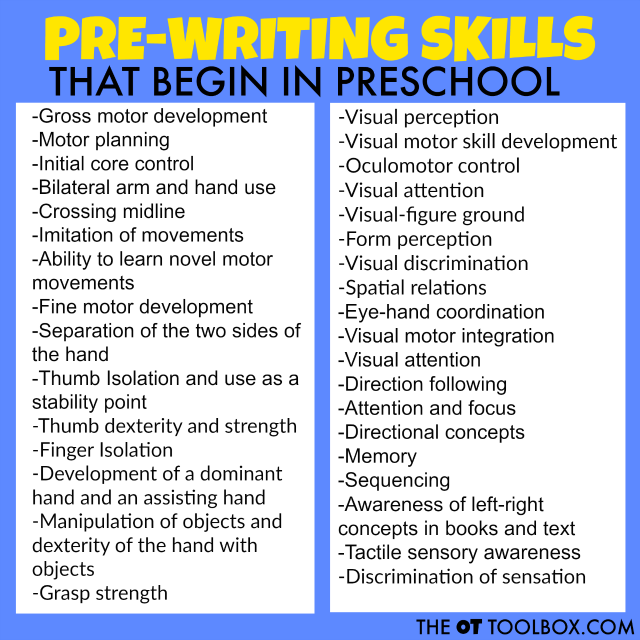
Stop by later this week to find out easy ways to encourage development of the above skill areas in group settings in the preschool environment. It can be difficult to address the needs of a preschool class when there are 16 four year olds that need reining in. I’ll have easy ways to encourage development of fine motor skills, visual motor skills, and attention skills in fun and creative ways…coming soon!
Want to know more about The Handwriting Book? Click on the image above to find out how to address every underlying area related to handwriting skills. Click here to BUY NOW.
Working on fine motor skills, visual perception, visual motor skills, sensory tolerance, handwriting, or scissor skills? Our Fine Motor Kits cover all of these areas and more.
Check out the seasonal Fine Motor Kits that kids love:





















Or, grab one of our themed Fine Motor Kits to target skills with fun themes:
- Frogs Fine Motor Kit
- Unicorns Fine Motor Kit
- Vehicles Fine Motor Kit
- Apple Fine Motor Kit
- Back to School Kit
- Sports Fine Motor Kit
- Outer Space Fine Motor Kit
- Fairytale Fine Motor Kit
- Plus more in our shop!
Want access to all of these kits…and more being added each month? Join The OT Toolbox Member’s Club!





Colleen Beck, OTR/L has been an occupational therapist since 2000, working in school-based, hand therapy, outpatient peds, EI, and SNF. Colleen created The OT Toolbox to inspire therapists, teachers, and parents with easy and fun tools to help children thrive. Read her story about going from an OT making $3/hour (after paying for kids’ childcare) to a full-time OT resource creator for millions of readers. Want to collaborate? Send an email to contact@theottoolbox.com.


